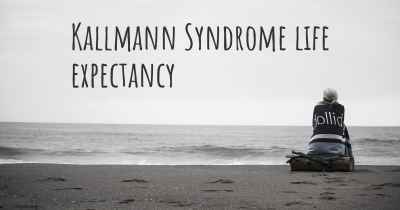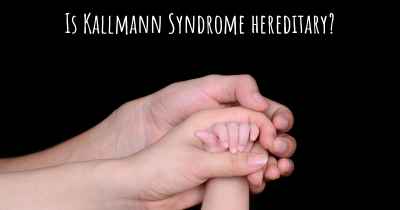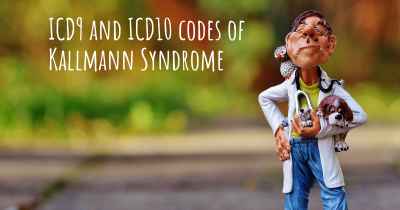What is the history of Kallmann Syndrome?
When was Kallmann Syndrome discovered? What is the story of this discovery? Was it coincidence or not?

Kallmann Syndrome:
Kallmann Syndrome is a rare genetic disorder that affects the development of the reproductive system and the sense of smell. It was first described in 1944 by Franz Josef Kallmann, a German-American geneticist. Kallmann noticed a group of individuals who had delayed or absent puberty and a complete loss of the sense of smell. He hypothesized that these two conditions were related and coined the term "Kallmann Syndrome" to describe this unique combination of symptoms.
Early Discoveries:
After Kallmann's initial observation, further research was conducted to understand the underlying causes of the syndrome. In the 1950s, it was discovered that Kallmann Syndrome is a genetic disorder inherited in an X-linked or autosomal dominant manner. This means that the syndrome can be passed down from one generation to another through specific genes.
Hormonal Imbalance:
One of the key features of Kallmann Syndrome is the disruption of hormone production and release. The hypothalamus, a region of the brain responsible for regulating hormone secretion, is affected in individuals with Kallmann Syndrome. Specifically, there is a deficiency in the production of gonadotropin-releasing hormone (GnRH), which is essential for the onset of puberty and normal sexual development.
Genetic Mutations:
Over the years, several genes have been identified as being associated with Kallmann Syndrome. Mutations in these genes disrupt the normal development and migration of GnRH-producing neurons during embryonic development. The most commonly affected genes include KAL1, FGFR1, PROKR2, PROK2, CHD7, and FGF8.
Diagnostic Challenges:
Diagnosing Kallmann Syndrome can be challenging due to its rarity and the wide range of symptoms. The absence of puberty and the loss of smell are the most prominent signs, but they can vary in severity among affected individuals. Genetic testing and hormone level analysis are often used to confirm the diagnosis.
Treatment and Management:
While there is no cure for Kallmann Syndrome, its symptoms can be managed with appropriate medical interventions. Hormone replacement therapy, including testosterone or estrogen, can induce puberty and promote sexual development. Additionally, olfactory training can be beneficial in improving the sense of smell in some cases.
Ongoing Research:
Research on Kallmann Syndrome is ongoing, with a focus on understanding the underlying genetic mechanisms and developing potential treatments. Scientists are investigating the role of various genes and their interactions in the development of the disorder. Additionally, advancements in assisted reproductive technologies offer hope for individuals with Kallmann Syndrome to have children.
The condition has a low prevalence, estimated as being between 1 in 4,000 and 1 in 10,000 for male HH cases overall and 1 in 50,000 for Kallmann syndrome. It is three to five times more common in males than females. Though whether this is a true sex imbalance or a reflection on how difficult KS / HH is to diagnose correctly, especially in females, has yet to be fully established. A more recent paper published in 2011[16] gave the incidence in the Finnish population at 1 in 48,000, with a sex distinction of 1 in 30,000 for males and 1 in 125,000 for females.
Posted Jun 11, 2017 by Remo 2050
The link between anosmia and hypogonadism had already been noted however, in particular by the Spanish doctor Aureliano Maestre de San Juan in 1856.
Hormone replacement therapies have been available since the 1960's, more modern preparations give a better response and more stable hormone level.
Fertility treatments are available with a good success rate but can take a while to work in male patients.
New genetic testing methods increases the information known about the genetic cause of the condition.
Posted Nov 30, 2017 by Neil Smith 4395
Posted Dec 5, 2017 by Aaron Davis 4150








